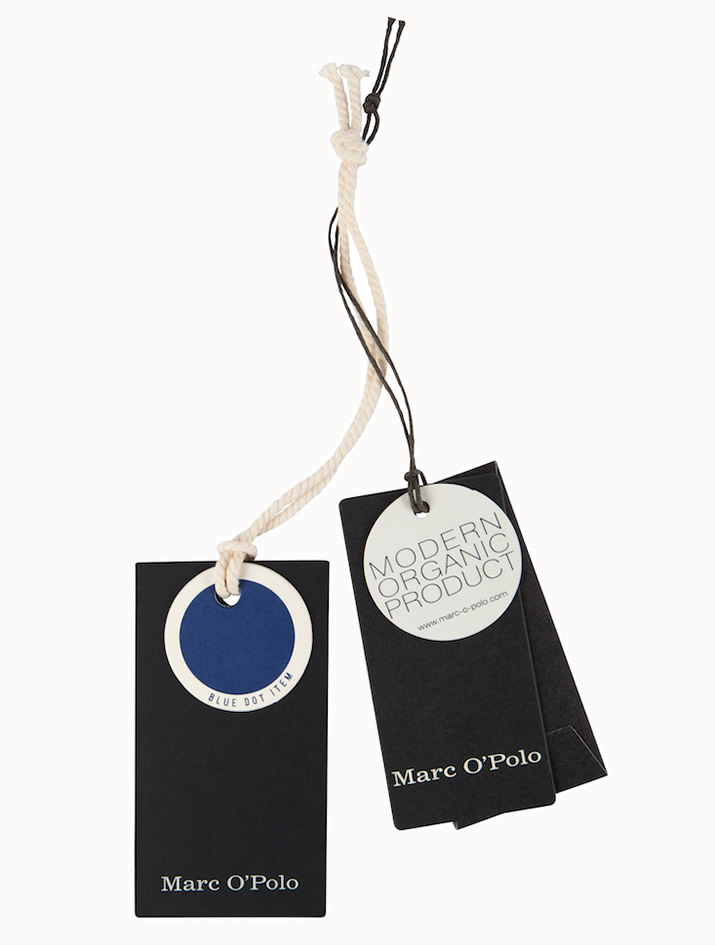Marc O'Polo
Marc O'Polo was founded in the sixties with the mission to create contemporary high-end clothing from natural fabrics like cotton, linen or silk. While Marc O’Polo became one of the biggest lifestyle brands in the luxury market, it’s kept its focus on natural materials to this very day. The brand is not interested in following or setting trends, but in creating timeless pieces that consumers can enjoy for many, many years.
Sustainability is key for Marc O’Polo. This idea translates into a socially responsible attitude and transparent collaborations. In addition, the brand wants to keep each and every phase of its production phase green. For starters, the resources it uses are organic and are purchased from GOTS certified suppliers. In its collection for women, Marc O’Polo incorporates as much lyocell as possible.
When processing its recourses, Marc O’Polo reduces its water and energy use to an absolute minimum, and follows REACH regulations regarding the use of chemicals. The labels of the denim line, for instance, are marked with a blue dot to indicate a sustainable production process. Wearing this ‘Blue dot’ clothing, you can rest assured that the production required little water, energy or chemicals, and that the materials used are biodegradable.
The brand’s ethical code lists a few requirements that Marc O’Polo respects at all times. The code firmly says no to child labor, to discrimination, or to environmental pollution, it guarantees the health and safety of the staff at all times, while also vowing to pay them properly. To make sure all its partners stick to this ethical code, Marc O’Polo’s manufacturers are subject to strict controls.
